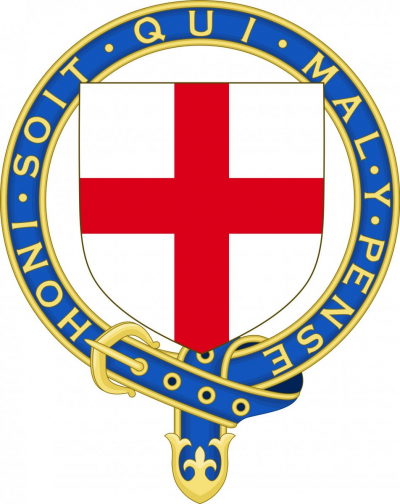Edward III (13 November 1312 21 June 1377), also known as Edward of Windsor before his accession, was King of England and Lord of Ireland from January 1327 until his death in 1377. He is noted for his military success and for restoring royal authority after the disastrous and unorthodox reign of his father, Edward II. Edward III transformed the Kingdom of England into one of the most formidable military powers in Europe. His fifty-year reign was one of the longest in English history, and saw vital developments in legislation and government, in particular the evolution of the English Parliament, as well as the ravages of the Black Death. He outlived his eldest son, Edward the Black Prince, and the throne passed to his grandson, Richard II.
Edward was crowned at age fourteen after his father was deposed by his mother, Isabella of France, and her lover Roger Mortimer. At age seventeen he led a successful coup d'tat against Mortimer, the de facto ruler of the country, and began his personal reign. After a successful campaign in Scotland he declared himself rightful heir to the French throne in 1337. This started what became known as the Hundred Years' War. Following some initial setbacks, this first phase of the war went exceptionally well for England; victories at Crcy and Poitiers led to the highly favourable Treaty of Brtigny, in which England made territorial gains, and Edward renounced his claim to the French throne. This phase would become known as the Edwardian War. Edward's later years were marked by international failure and domestic strife, largely as a result of his inactivity and poor health.
Edward was a temperamental man but capable of unusual clemency. He was in many ways a conventional king whose main interest was warfare. Admired in his own time and for centuries after, he was denounced as an irresponsible adventurer by later Whig historians such as Bishop William Stubbs, but modern historians credit him with some significant achievements.
The Most Noble Order of the Garter is an order of chivalry founded by Edward III of England in 1348. It is the most senior order of knighthood in the British honours system, outranked in precedence only by the Victoria Cross and the George Cross. The Order of the Garter is dedicated to the image and arms of Saint George, England's patron saint.
Appointments are at the sovereign's sole discretion and are usually in recognition of a national contribution, for public service, or for personal service to the sovereign. Membership of the order is limited to the sovereign, the Prince of Wales, and no more than 24 living members, or Companions. The order also includes supernumerary knights and ladies (e.g., members of the British royal family and foreign monarchs).
The order's emblem is a garter with the motto Honi soit qui mal y pense (Middle French for 'Shame on him who thinks evil of it') in gold lettering. Members of the order wear it on ceremonial occasions.

1348Apr, 23
The founding of the Order of the Garter by King Edward III is announced on St. George's Day.
Choose Another Date
Events on 1348
- 23Apr
Edward III of England
The founding of the Order of the Garter by King Edward III is announced on St. George's Day. - 6Jul
Black Death
Pope Clement VI issues a papal bull protecting the Jews accused of having caused the Black Death.

 English
English  español
español  français
français  português
português  русский
русский  العربية
العربية  简体中文
简体中文 